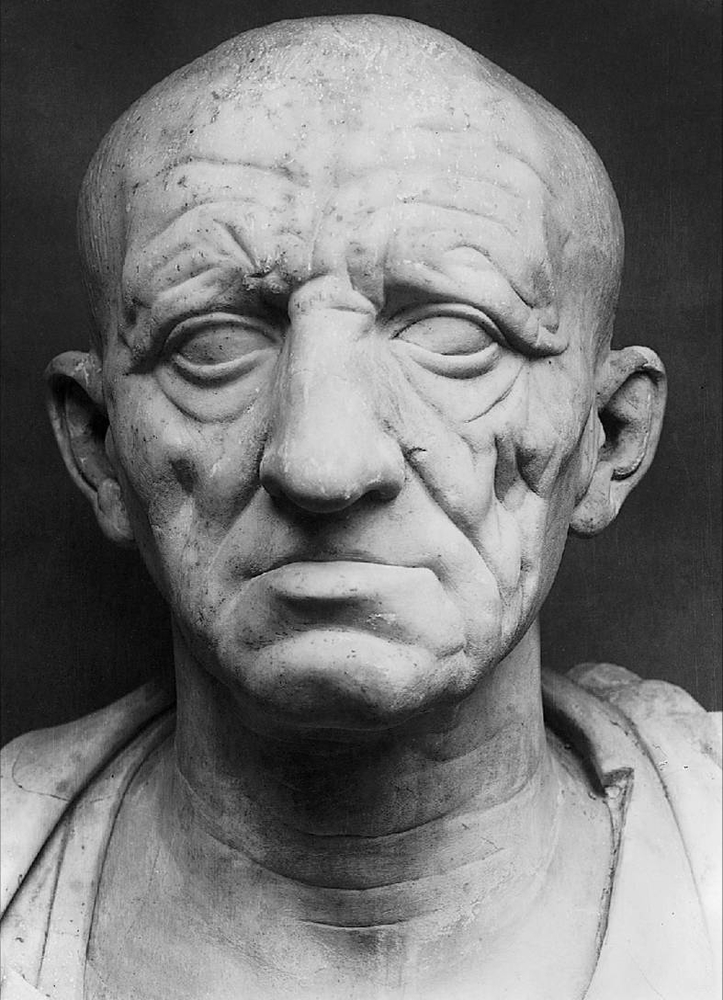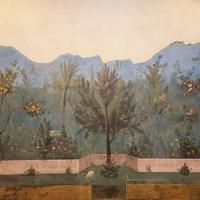More about Victoria and Albert Museum

Contributor
Victoria married her first cousin Albert.
Their museum claims to have the worlds largest collection of artworks (over 4.5 million).

Sr. Editor
The Victoria and Albert Museum is in a part of town more exclusive than 90210 and neighbors with the Natural History Museum, Science Museum, French Consulate, and Kensington Gardens.
Sometimes referred to as Albertopolis due to the large number of projects Prince Albert supported in the area.
In a silly conspiracy theory that doesn't exist because I just made it up, something fit for a Dan Brown novel; a straight line can be drawn from the Albert Memorial in Kensington Gardens, between the Royal Albert Hall and Royal College of Music, to the Queen’s Tower of Imperial College London, and ending at the rear of the Science Museum. The points can only be seen from the Queen’s Tower, which is rarely open to visitors and requires an ascent of 325 steps. In Dan Brown’s hypothetical novel this would no doubt represent some sort of spiritual journey ending in a Jesus related revelation about the mysticism of life.
I mainly wanted to come here to see pretty dresses. I thought the halls would be lined with recognizable gowns from my favorite movies and fashion designers. Unfortunately, that kind of ostentatious display is reserved for those special exhibitions you have to pay for. In the free area they have a very lovely display of the history of fashion, though only one or two dresses I would consider worthy of a Thomas Crown style heist for my dream closet. There's a ton to see and if you don't take regular breaks you may just drop dead. The upper floors seem to have more benches per room to prevent an untimely demise. I can neither confirm nor deny that I had a quick nap in the glass room on the fourth floor. Also, snacks. Bring lots of quiet snacks you can hide from the guards.
Some historical nuggets:
- Sir Henry Cole, the inventor of the Christmas card, was the greatest supporter of developing the museum and became its first director. One of Cole’s first Christmas Cards sold in 2001 for £22,500.
- In 1893, the museum collection was officially split to divide the science and art collections thus creating the new Science Museum.
- Queen Victoria made her last official public appearance when she laid the foundation stone for the Science Museum in 1899 and it was announced that the art museum’s name would be changed from the South Kensington Museum to the Victoria and Albert Museum.
- During World War I, an unused tunnel that connected part of the South Kensington tube and the museum was used by the V&A to store art and by Buckingham Palace to store china.
- During World War II, collections were sent to quarries and houses in the country and some went to the nearby defunct Aldwych tube station. Galleries were used as classrooms and later a canteen for soldiers.
Featured Content
Here is what Wikipedia says about Victoria and Albert Museum
The Victoria and Albert Museum (abbreviated V&A) in London is the world's largest museum of applied arts, decorative arts and design, housing a permanent collection of over 2.8 million objects. It was founded in 1852 and named after Queen Victoria and Prince Albert.
The V&A is in the Royal Borough of Kensington and Chelsea, in an area known as "Albertopolis" because of its association with Prince Albert, the Albert Memorial, and the major cultural institutions with which he was associated. These include the Natural History Museum, the Science Museum, the Royal Albert Hall and Imperial College London. The museum is a non-departmental public body sponsored by the Department for Culture, Media and Sport. As with other national British museums, entrance is free.
The V&A covers 12.5 acres (5.1 ha) and 145 galleries. Its collection spans 5,000 years of art, from ancient history to the present day, from the cultures of Europe, North America, Asia and North Africa. However, the art of antiquity in most areas is not collected. The holdings of ceramics, glass, textiles, costumes, silver, ironwork, jewellery, furniture, medieval objects, sculpture, prints and printmaking, drawings and photographs are among the largest and most comprehensive in the world.
The museum owns the world's largest collection of post-classical sculpture, with the holdings of Italian Renaissance sculpture being the largest outside Italy. The departments of Asia include art from South Asia, China, Japan, Korea and the Islamic world. The East Asian collections are among the best in Europe, with particular strengths in ceramics and metalwork, while the Islamic collection is amongst the largest in the Western world. Overall, it is one of the largest museums in the world.
Since 2001 the museum has embarked on a major £150m renovation programme. The new European galleries for the 17th century and the 18th century were opened on 9 December 2015. These restored the original Aston Webb interiors and host the European collections 1600–1815. The Young V&A in east London is a branch of the museum, and a new branch in London – V&A East – is being planned. The first V&A museum outside London, V&A Dundee opened on 15 September 2018.
Check out the full Wikipedia article about Victoria and Albert Museum



















